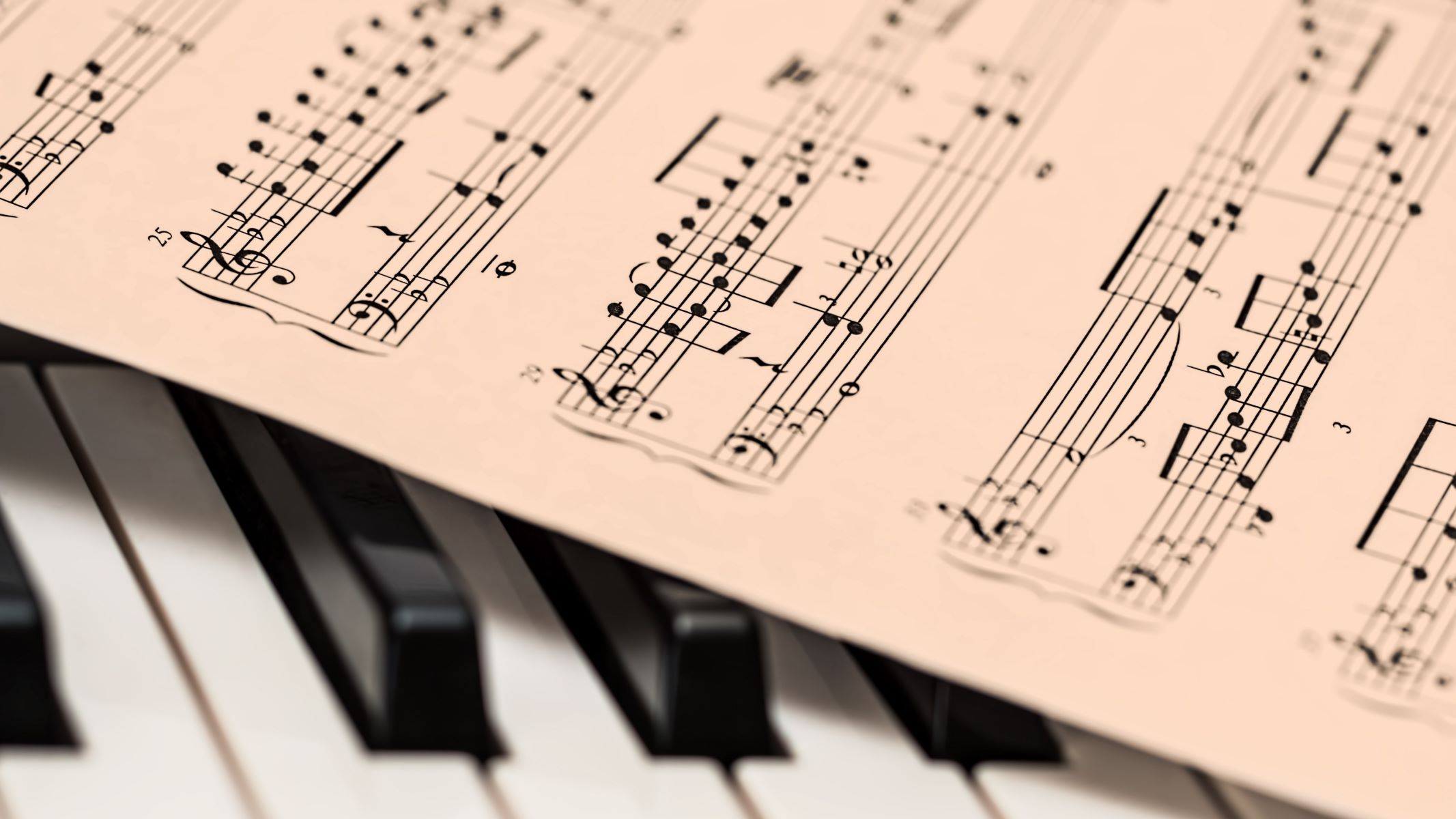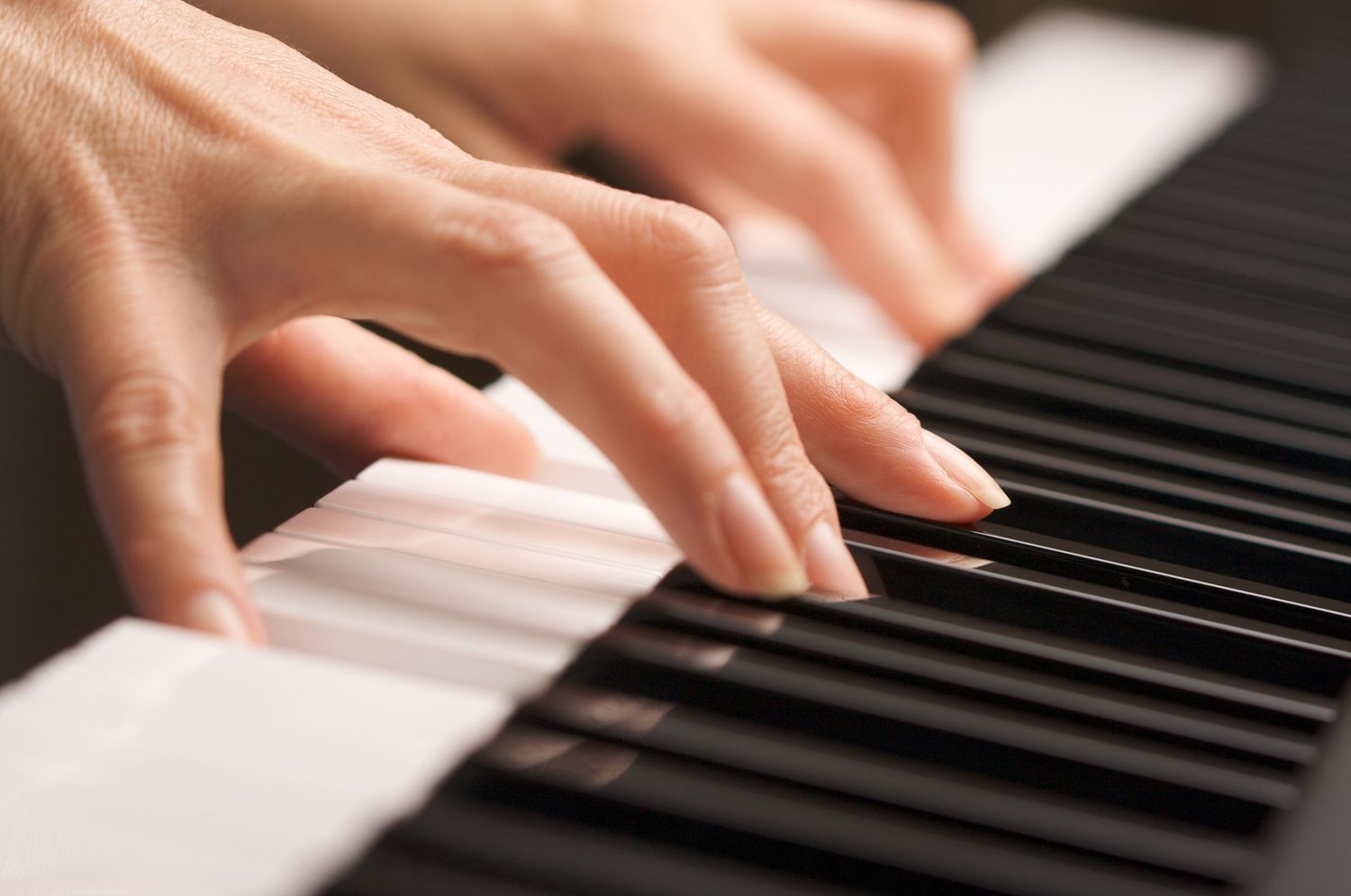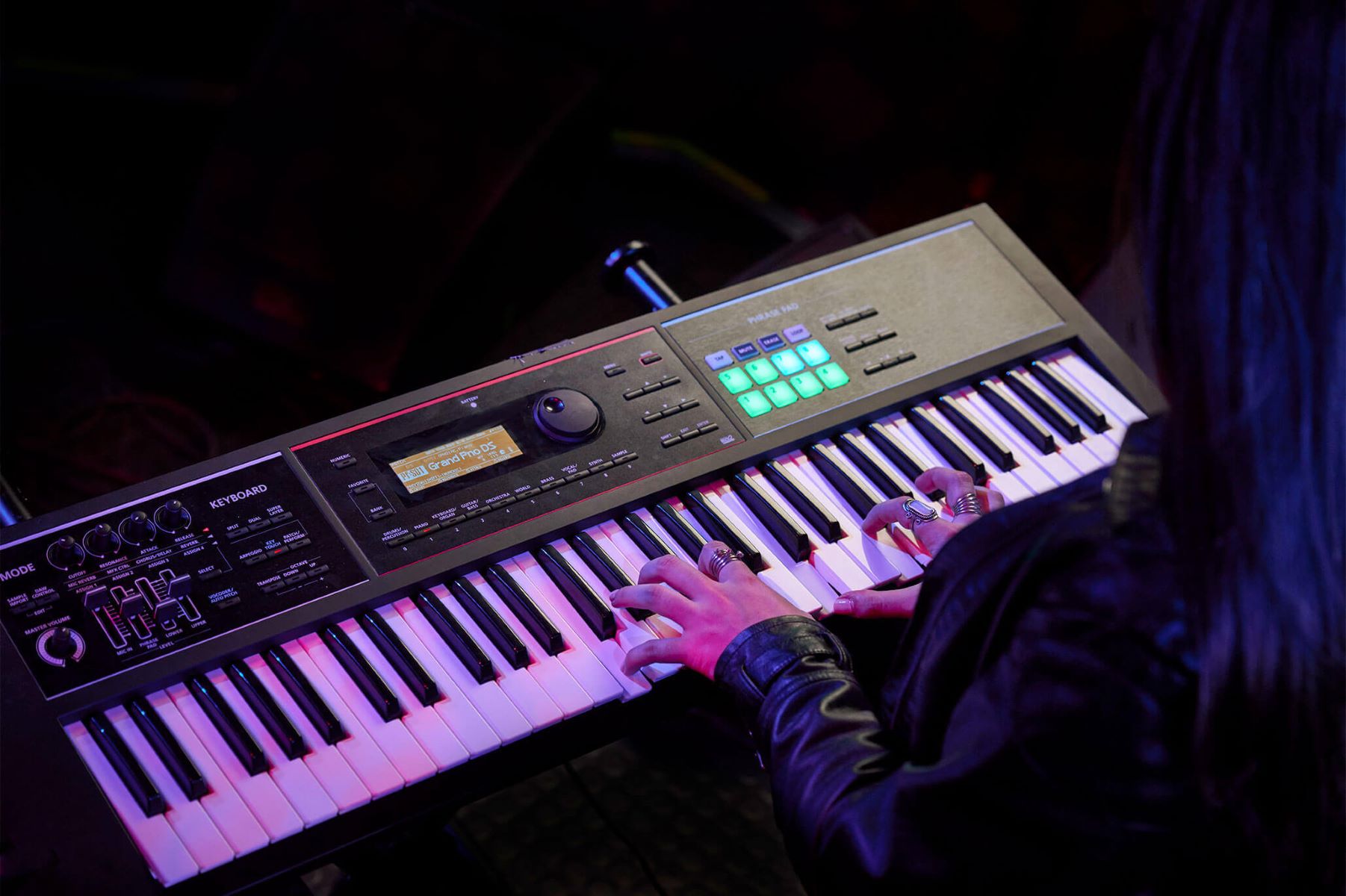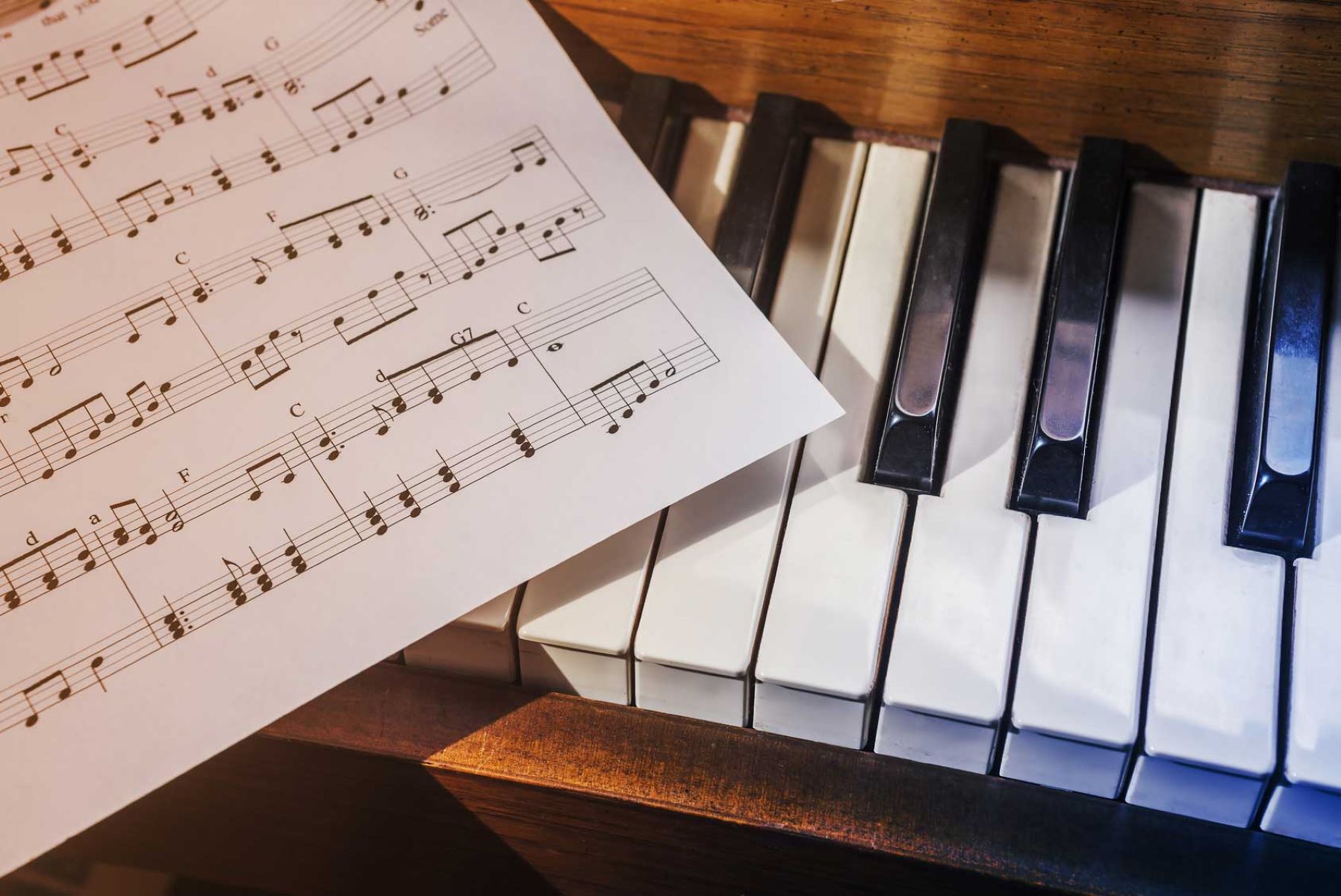Home>Instruments>Piano>How To Learn Notes On Piano
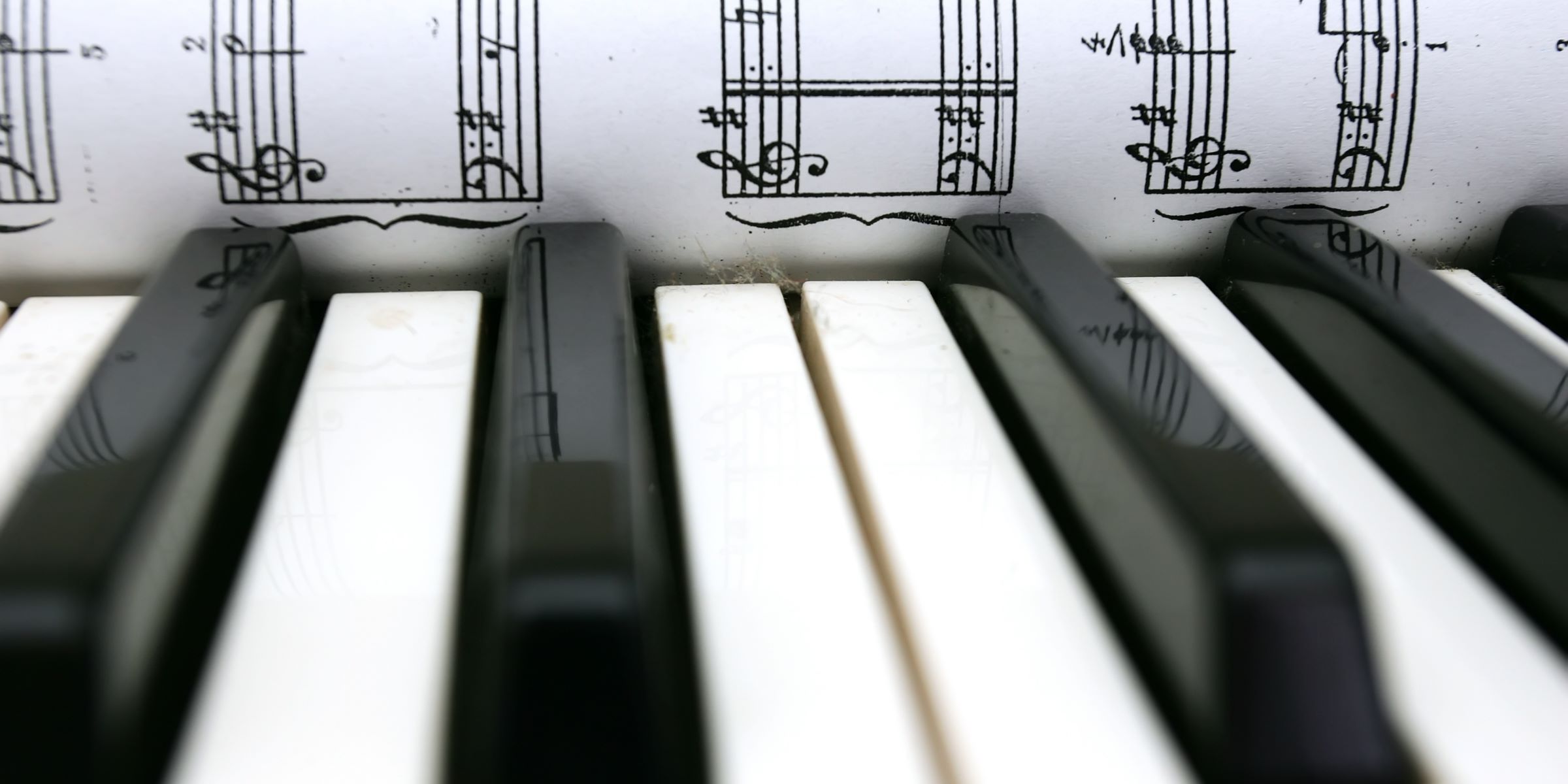

Piano
How To Learn Notes On Piano
Published: February 10, 2024
Learn how to read piano notes with our comprehensive guide. Master the basics and improve your piano playing skills. Start your musical journey today!
(Many of the links in this article redirect to a specific reviewed product. Your purchase of these products through affiliate links helps to generate commission for AudioLover.com, at no extra cost. Learn more)
Table of Contents
Introduction
Learning to play the piano is a rewarding and enriching endeavor. Whether you're a complete beginner or have some experience with music, understanding the notes on the piano is fundamental to mastering this beautiful instrument. In this comprehensive guide, we will explore the essential steps to learning the notes on the piano, enabling you to progress confidently in your musical journey.
The piano is a versatile and expressive instrument that has been a cornerstone of music for centuries. Its 88 keys encompass a wide range of pitches, providing a rich tapestry of sounds to explore. Understanding the layout of the piano keyboard and the names of the notes is crucial for any aspiring pianist. By gaining proficiency in note recognition and keyboard navigation, you will unlock the ability to play melodies, harmonies, and chords with fluency and precision.
As we delve into the intricacies of piano notes, it's important to approach the learning process with patience and dedication. Like any skill, mastering the piano requires consistent practice and a willingness to embrace both the challenges and triumphs along the way. By immersing yourself in the world of piano notes, you will open the door to a lifetime of musical enjoyment and creative expression.
Throughout this guide, we will break down the process of learning piano notes into manageable steps, providing clear explanations and practical tips to aid your understanding. By the end of this journey, you will possess the knowledge and confidence to navigate the piano keyboard with ease, laying a solid foundation for your musical aspirations. So, let's embark on this melodic odyssey together, as we unravel the mysteries of piano notes and set the stage for your musical success.
Understanding the Piano Keyboard
Before delving into the specifics of piano notes, it’s essential to familiarize yourself with the layout of the piano keyboard. The traditional piano keyboard consists of 88 keys, encompassing both white and black keys. These keys are organized in a repeating pattern of notes, with groups of two and three black keys interspersed among the white keys.
The arrangement of the keys follows a logical sequence of pitches, with lower frequencies to the left and higher frequencies to the right. The white keys represent the natural notes (A, B, C, D, E, F, and G), while the black keys denote the sharp (#) and flat (b) notes. Each black key can be identified as a sharp or flat depending on the context of the musical piece being played.
One of the fundamental concepts to grasp is the idea of octave, which refers to a set of eight notes encompassing both natural and sharp/flat notes. As you move from one key to the next, you are essentially transitioning to the next note in the musical alphabet. Understanding the layout of the piano keyboard and the relationship between the keys is pivotal to comprehending the arrangement of notes and scales.
Furthermore, familiarizing yourself with the division of the keyboard into bass and treble clefs will aid in understanding the distribution of notes across the instrument. The bass clef, often played with the left hand, encompasses lower-pitched notes, while the treble clef, played with the right hand, covers higher-pitched notes. This division allows for a balanced distribution of notes and facilitates the simultaneous playing of melodies and harmonies.
By gaining a thorough understanding of the piano keyboard, you will lay the groundwork for navigating the instrument with confidence and precision. As we proceed, this knowledge will serve as a solid foundation for learning and memorizing the specific notes that populate the piano keyboard, enabling you to progress in your musical journey with clarity and proficiency.
Learning the Names of the Notes
As you embark on your piano journey, familiarizing yourself with the names of the notes is a pivotal first step. The musical alphabet consists of seven natural notes: A, B, C, D, E, F, and G. These notes are the building blocks of melodies, harmonies, and chords, forming the essential vocabulary of music.
On the piano keyboard, the white keys represent the natural notes, with each key corresponding to a specific note in the musical alphabet. The pattern of notes repeats across the keyboard, with higher and lower octaves mirroring the same sequence of A to G. This repetition allows for consistency in note identification and facilitates the recognition of patterns and intervals.
Intertwined with the natural notes are the sharp (#) and flat (b) notes, represented by the black keys on the piano. These notes, also known as enharmonic equivalents, provide variations of the natural notes, enriching the harmonic possibilities available to the pianist. Understanding the relationship between natural notes and their sharps/flats is crucial for interpreting musical notation and playing with accuracy.
One effective method for learning the names of the notes is to practice identifying and naming individual keys on the piano keyboard. By associating each key with its corresponding note, you will gradually internalize the layout of the keyboard and the placement of the notes. Additionally, familiarizing yourself with the notation of notes on the musical staff will enhance your ability to recognize and interpret written music, further solidifying your understanding of note names.
As you immerse yourself in the world of piano notes, it’s beneficial to approach the learning process with curiosity and a willingness to explore musical patterns and relationships. By developing a strong foundation in note recognition, you will pave the way for fluid and expressive piano playing, laying the groundwork for musical interpretation and creative expression.
Throughout this journey, remember that learning the names of the notes is not merely a theoretical exercise but a practical skill that will empower you to engage with music in a meaningful way. By mastering the names of the notes, you will unlock the potential to bring melodies to life and communicate through the universal language of music.
Memorizing the Notes on the Piano
Once you have familiarized yourself with the layout of the piano keyboard and learned the names of the notes, the next step is to commit this knowledge to memory. Memorizing the notes on the piano is a foundational aspect of piano proficiency, enabling you to navigate the keyboard with ease and play music with confidence.
One effective strategy for memorizing the notes is to approach the task systematically, starting with a specific section of the keyboard and gradually expanding your knowledge to encompass the entire range of keys. Begin by focusing on a single octave, identifying and naming each note within that range. By isolating a manageable set of keys, you can concentrate on internalizing the spatial relationships and patterns of the notes.
Repetition is key to solidifying your memory of the notes. Engage in regular practice sessions where you actively name the notes as you play them on the piano. This hands-on approach reinforces the connection between the visual, tactile, and auditory aspects of note recognition, enhancing your ability to recall the notes instinctively.
Utilizing mnemonic devices can also aid in memorization. Creating memorable phrases or acronyms that correspond to the sequence of notes can provide a helpful mental scaffold for recalling the notes on the piano. For example, the phrase “Every Good Boy Deserves Fudge” represents the notes on the lines of the treble clef staff (E, G, B, D, F), while the spaces spell out the word “FACE.”
Visual aids, such as flashcards or interactive piano apps, can supplement your learning process by providing additional reinforcement and a dynamic approach to note memorization. These tools offer an interactive and engaging way to test your knowledge and track your progress as you commit the notes to memory.
As you immerse yourself in the practice of memorizing the notes, it’s important to approach the process with patience and persistence. Learning to identify and recall the notes on the piano is a gradual journey that requires consistent effort and dedication. Celebrate your progress as you expand your repertoire of memorized notes, and embrace the incremental advancements that contribute to your overall proficiency.
By internalizing the layout of the piano keyboard and committing the names of the notes to memory, you will develop a strong foundation for future musical endeavors. This mastery of note recognition will empower you to approach piano playing with confidence and fluency, setting the stage for expressive and harmonious musical performances.
Practicing and Applying the Notes
As you progress in your journey to master the piano, the practical application of the notes you have learned is paramount. Engaging in deliberate and focused practice will not only reinforce your understanding of the notes but also cultivate the dexterity and coordination necessary for proficient piano playing.
One effective practice technique is to incorporate note recognition exercises into your daily routine. Spend dedicated time identifying individual notes on the keyboard, both visually and aurally. This focused practice sharpens your ability to swiftly recognize and name notes, laying a solid groundwork for interpreting musical pieces with accuracy.
Furthermore, integrating the notes into scales, arpeggios, and simple melodies provides a practical context for applying your knowledge. By practicing these fundamental musical elements, you develop a tactile familiarity with the keyboard and gain insight into the harmonic relationships between notes. This hands-on approach enhances your fluency in navigating the piano and fosters a deeper understanding of musical structure.
Exploring music theory in conjunction with note application can enrich your piano journey. Understanding the principles of scales, chords, and intervals empowers you to comprehend the underlying logic of musical compositions. By delving into the theoretical aspects of music, you gain a holistic perspective that enhances your ability to interpret and play diverse musical pieces with insight and artistry.
As you apply the notes on the piano, it’s essential to embrace a spirit of creativity and experimentation. Improvisation and composition offer avenues for expressing your musical ideas and integrating the notes in unique and personalized ways. By exploring your creativity at the keyboard, you develop a deeper connection with the notes and cultivate a sense of musical individuality.
Seeking opportunities to play with other musicians, whether in ensemble settings or accompaniment roles, provides invaluable practical experience. Collaborative music-making hones your ability to integrate your understanding of notes within a larger musical context, fostering adaptability and enhancing your overall musicianship.
Through consistent and intentional practice, you will refine your ability to apply the notes on the piano with precision and expressiveness. This dedicated effort not only strengthens your technical prowess but also nurtures a profound connection to the instrument, allowing you to communicate and resonate with the language of music in a profound and meaningful way.

